When Rachel Morrison was nominated for a best cinematography Oscar for 2017’s Mudbound, she became the first woman to be honored in the category. Then her work as director of photography on Black Panther made her the first female cinematographer of a big-budget superhero movie. She’s shot dozens of renowned films and TV shows, but when it came to finding a project to mark her feature directorial debut, things didn’t come so easily. “I read scripts for years, and I really mean years, looking for something that felt like I was the right person to direct,” says Morrison.
Finally, she came across The Fire Inside, the Barry Jenkins-penned story of Claressa Shields, a Olympic boxer who has been fighting for gender parity in the sport. “As a female DP, I know what it’s like to be in a craft that people do not picture women in, where it isn’t enough just to be good at your job,” she says.
Morrison’s first feature as director — which went through years of pandemic- and acquisition-related delays — stars Ryan Destiny as Shields, with Bryan Tyree Henry as her childhood coach, and will finally hit theaters on Christmas Day. We talked to the director ahead of its U.S. premiere at AFI Fest on Oct. 27.
How did your experience as a director compare to the gender disparities you faced as a cinematographer?
I think with directing, there is still a tendency to have women tell only women’s stories — the industry thinks of women for rom-coms, or melodramas, and it’s the men who are given opportunities in action movies or sports stories. But cinematography still has further to go in terms of combatting the perceptions women face. For my entire career, people have been looking around for the DP and I’ve had to say, “Wait, I’m the DP.” But it’s slowly changing.
Did the two-year halt in production caused by the pandemic change the movie you set out to make?
We had so many false starts during that time, and the movie evolved as the world did. The most acute change that came out of the delay was that Ryan got to train for filming twice. She was able to transform her body even more. We also lost a lot during those years. The cost of materials, crew and location went up, while our budget stayed the same, so I basically had to pre-cut the movie in order to make it all fit. So many decisions were made out of necessity, but I can’t imagine the movie any other way now.
How did the merger between MGM and Amazon affect production?
For better or worse, when I lost Mike De Luca and Pam Abdy, I was operating on my own. I didn’t have new executives come in and weigh in on things. It was like I made a studio movie without a studio weighing in. I think some of the delay in the movie’s release came from not having a flag bearer at the studio, but it worked out for the better because we were able to promote it with our actors at TIFF.
Did you call on any of the esteemed directors you’ve worked with in the past for advice?
I’m very fortunate that Barry was a producer, even though he wasn’t behind the monitor. He was my phone-a-friend, and he’s a dream phone-a-friend. And I could definitely call the [Ryan] Cooglers of the world to try and get clarity on how much I should speak up for myself.
Which scene was the most memorable to shoot?
We had this one-er that really was all Ryan. We had four hours to shoot the scene. It involved a crane, and then we’d detach the camera from the crane and go through the ropes of the ring. We shot five, six, seven takes, and it wasn’t going how I’d planned. But there was this energy of rallying together, and it finally clicked. That was also the first time we all saw just how far Ryan had come physically. She carried the whole scene by herself.
This story appeared in the Oct. 23 issue of The Hollywood Reporter magazine. Click here to subscribe.
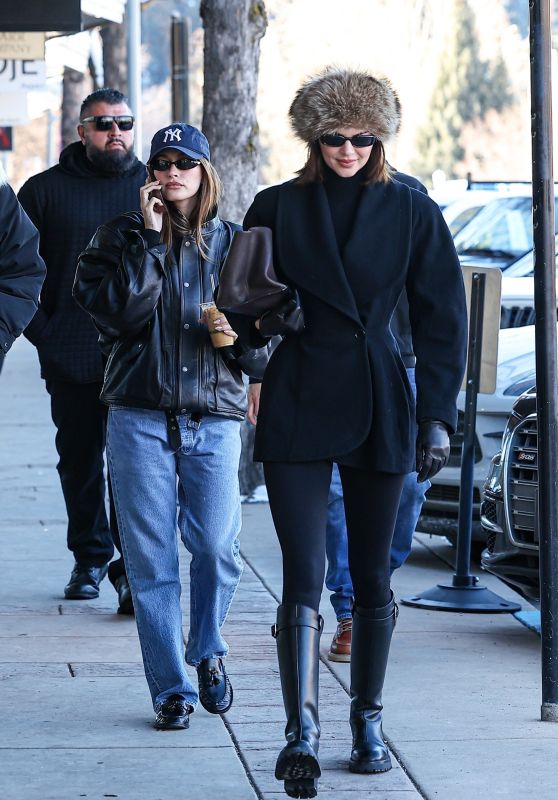
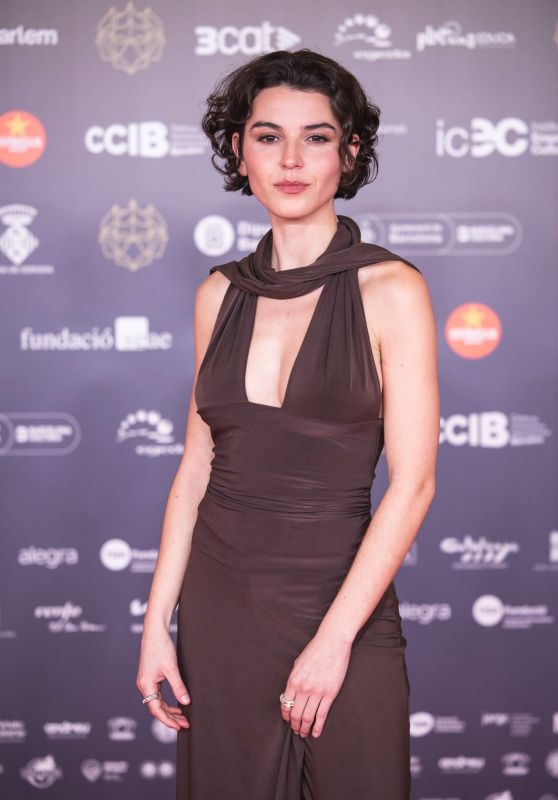
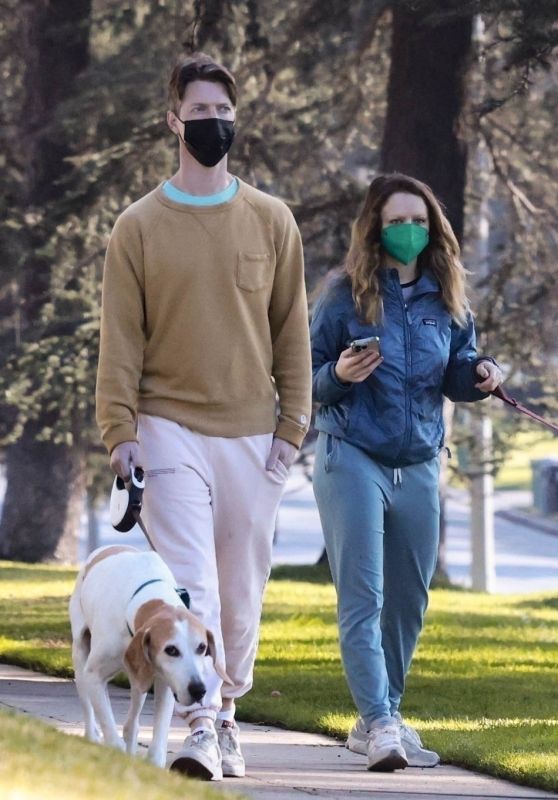

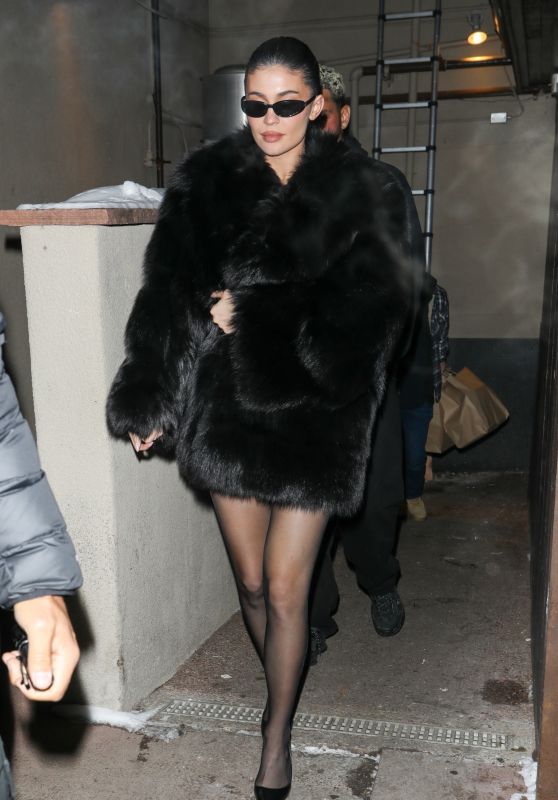
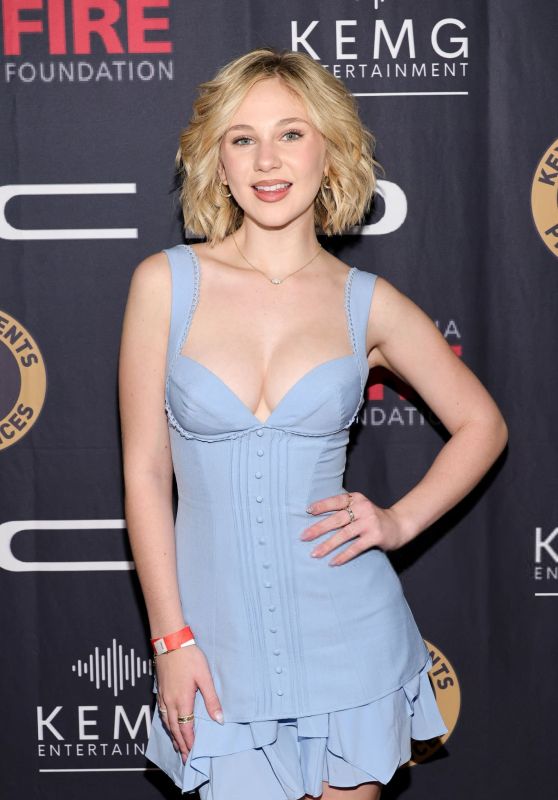
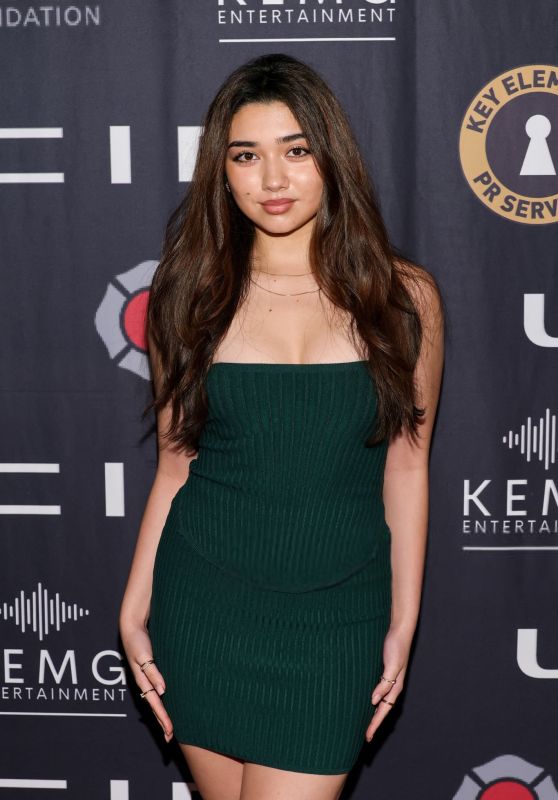
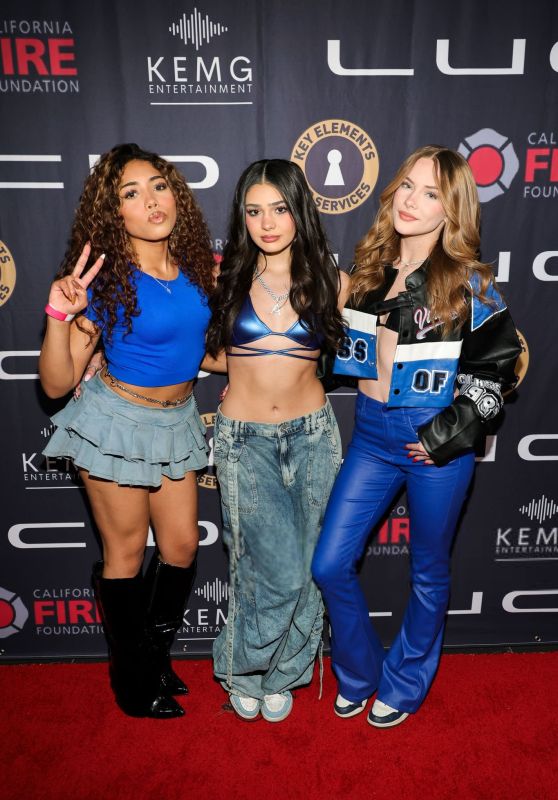












 English (US) ·
English (US) ·